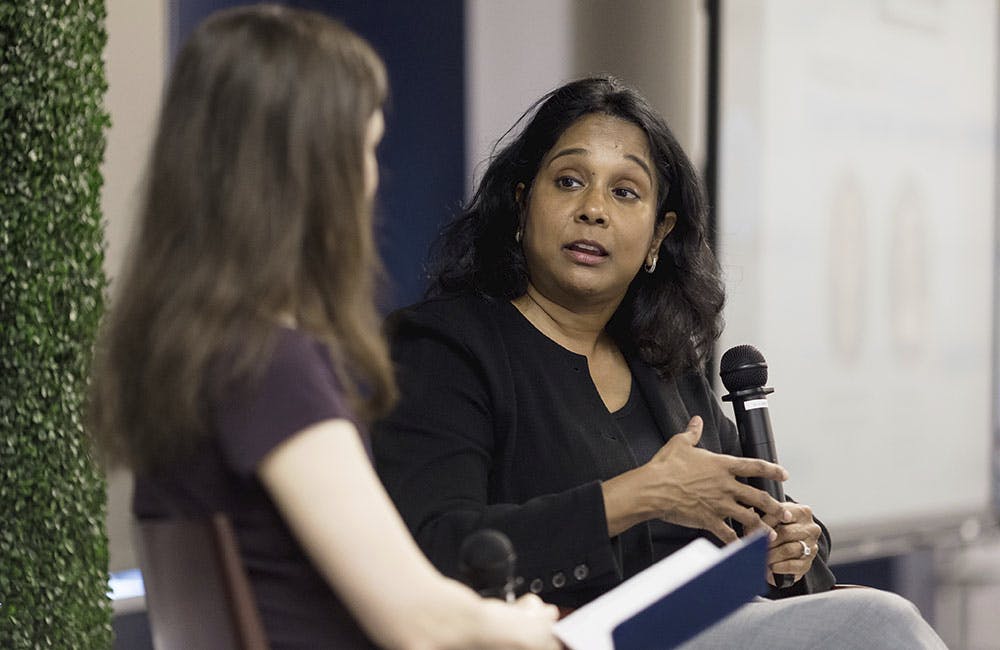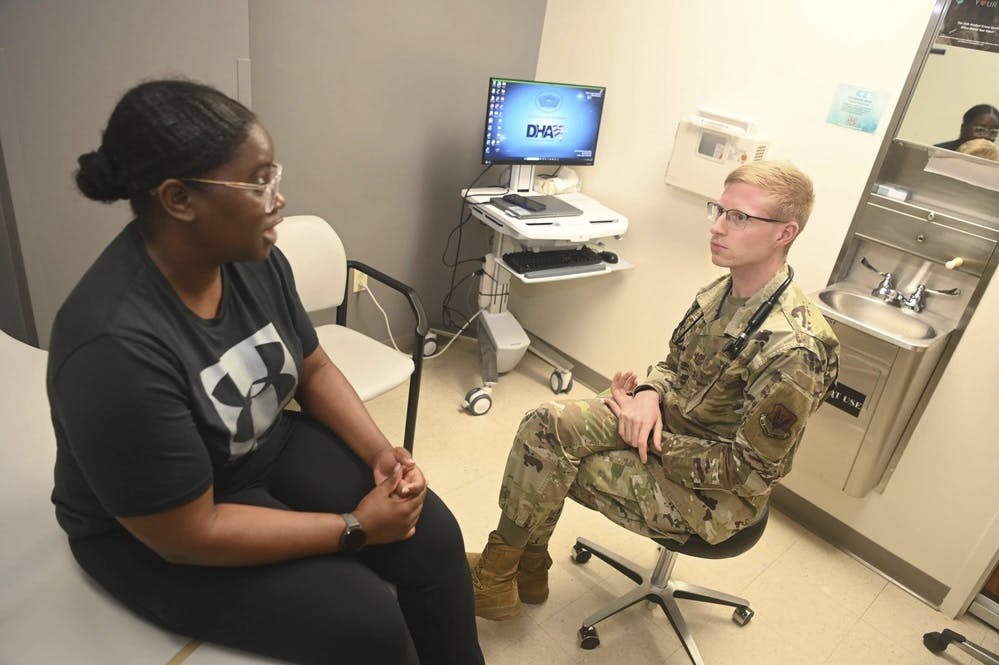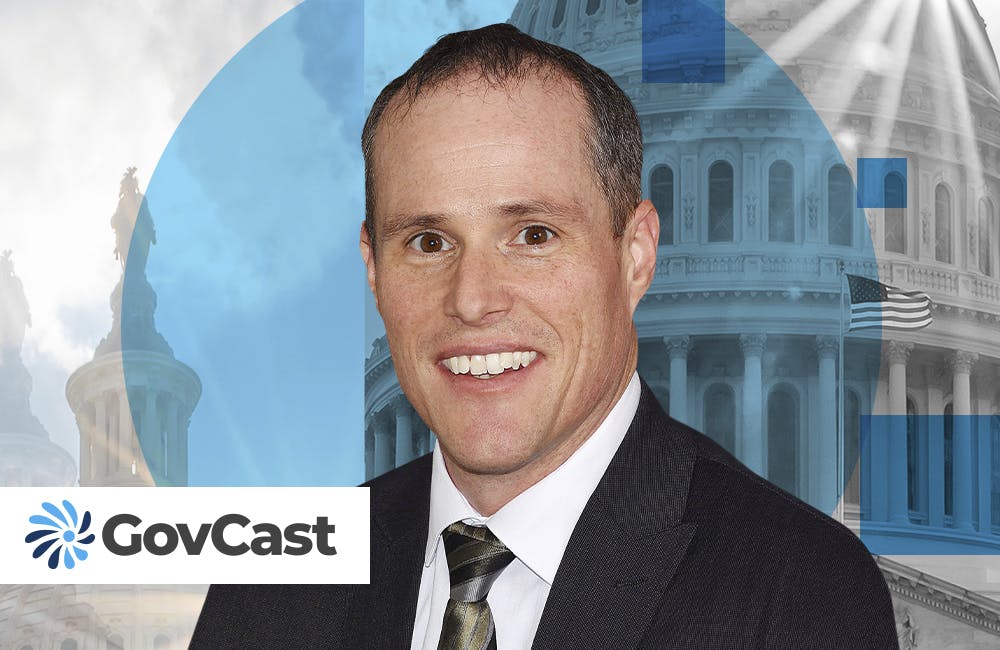Federal Tech Leads Discuss Quantum, AI Intersection
As USDA and NAVSEA explore the intersection of AI and quantum, leaders are focusing on workforce development to ensure successful adoption.

The U.S. Department of Agriculture (USDA) and Naval Sea Systems Command (NAVSEA) are exploring the intersection of artificial intelligence (AI) and quantum computing to enhance data analysis and improve predictive capabilities, while developing a skilled workforce equipped adoption, federal leaders explained during GovCIO Media & Research’s AI Summit on Nov. 7.
Rudolf Rojas, technical program manager at the U.S. Department of Agriculture (USDA), said the agency is looking to use AI and quantum to enhance analysis of geospatial data. AI allows the agency to collect and associate data. With the use of quantum computing, the agency could generate predictive analysis with greater speed and improved efficiency.
“We’re leveraging [that] to analyze areas where we might be vulnerable, and then also analyze how we can incorporate high performance computing and quantum computing in with our artificial intelligence capabilities,” said Rojas. “We have created some centers of excellence around the country as well … where they’re going to be training people in AI technologies and [trying] to bring the younger generations into that.”
Government is starting to release guidance to better arm agencies with the right tools to protect their systems and critical infrastructure from future attacks. The Office of Budget and Management (OMB) earlier this year tasked agencies with preparing data for the migration to post-quantum cryptography (PQC). In August, the National Institutes of Standards and Technology (NIST) published the three finalized PQC algorithms designed to withstand cyberattacks from a quantum computer.
As agencies continue to explore quantum, federal leaders are focusing on interagency collaboration and empowering the workforce to adopt quantum technologies and aid AI. Garry Shields, NAVSEA Carderock’s director of Disruptive Technologies Laboratory, said scientists and engineers need to improve soft skills, like storytelling, to convey the opportunities and advantages of emerging technologies.
“You need to know how to tell stories, how to market and how to get people roped into your networks. Innovation is not a technological game, it’s a social one,” said Shields.
Shields added that leveraging partnerships with third-party vendors will help agencies be more proactive in adapting quantum technologies.
“Unless we are proactive … we’re going to be in trouble,” said Shields “We need contract support staff and people outside in industry who have great development tools and applications that we can leverage and partner with.”
This is a carousel with manually rotating slides. Use Next and Previous buttons to navigate or jump to a slide with the slide dots
-

CIA Adds Fourth Pillar to AI Strategy, CAIO Says
Lakshmi Raman says the new pillar marks a strategic shift toward embedding AI more deeply into the CIA’s day-to-day mission execution.
3m read -

FEHRM CTO Targets Two-Year Cloud Migration for Federal EHR
Lance Scott touts new EHR tech advancements, including cloud migration, expanded data exchange and AI integration to improve care delivery.
4m read -

AI Enables Coast Guard’s Workforce to Transform Operations
The Coast Guard’s Deputy CIO Brian Campo delves into the ways AI is pushing the service to rethink its core services, workforce and operations.
14m watch -

DOL Turns to Workforce Development to Maintain AI Superiority
DOL is bridging the AI skills gap through partnerships and upskilling to ensure future AI workforce readiness.
10m watch








